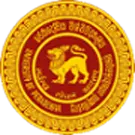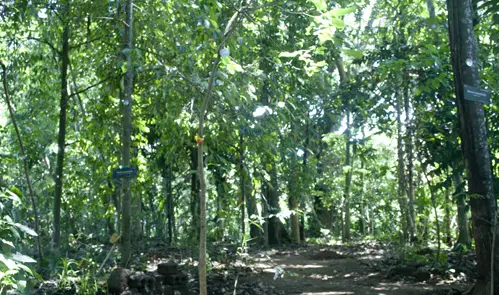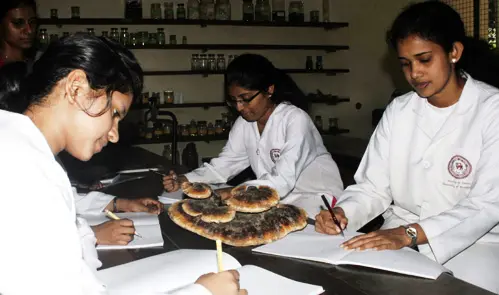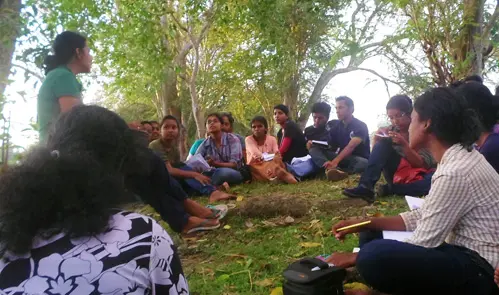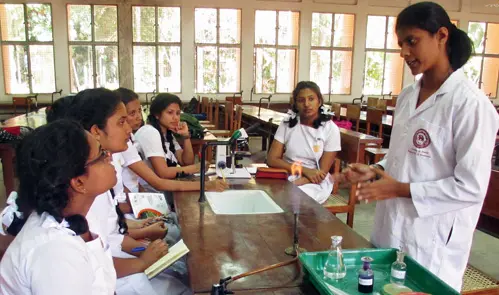Our Mission
Our mission is to strive for an excellent environment for learning and research in plant sciences and produce graduates equipped with skills necessary to fulfill their role in contemporary society.
Our Vision
Our vision is while maintaining our position as the premier institution of higher learning and research in plant sciences in the country, to further commit ourselves to academic excellence.
The Department of Botany is a well-established Department in the Faculty of Science with a reputation for maintaining high academic standards and a strong research culture. The Department has taken a conscious effort to expand its teaching programme bringing together novel developments in the field with traditional areas of Botany.
Teaching and research in the Department are amply supported by its infrastructure with modern lecture halls, fairly well equipped laboratories, glass house, plant house and herbarium facilities, books and periodicals and a botanical garden.
In teaching, we offer General, Honours and Applied Science study programmes, providing students with a wide choice of attractive courses.
- The Department of Botany is currently home to around 14 academic staff members specialized in various fields of plant sciences, 16 academic support staff, technical and laboratory personnel and 270 undergraduates and 50 postgraduate students.
- The Department’s main strength is research. As research, we conduct programmes a vast range of disciplines, from the molecular to the community scale. Our interests range from Plant Systematics, Communities, Forestry, Plant Pathology, Fresh produce technology, Toxicology, Microbiology and Soil Sciences.
- The Department offers ample opportunities for postgraduate studies – by course work plus research or full-time research.
History of the Department
The University of Peradeniya is the legatee of the University of Ceylon established in 1942 by amalgamation of the Ceylon Medical College and the Ceylon University College. The seat of this University, which was in Colombo, was shifted to Peradeniya from 1952 in stages. During 1972-1978, the University at Peradeniya became the Peradeniya Campus of the single University of Ceylon. In 1978, Peradeniya became the autonomous University of Peradeniya.
The Faculty of Science comprising Botany and three other Departments was initially located in Colombo. Subsequently it was decided to have a permanent site of the University in Peradeniya and five Faculties were established at Peradeniya in early 1951-1969 decade. A second Faculty was established at Peradeniya in July 1961 consisting eight Departments. The first batch of students consisted of 40 Biological Sciences students in addition to 76 physical sciences students. Though two Faculties of Science continued to exist both at Colombo and Peradeniya, the Dean as well as the Heads of Departments were at Colombo. Lectures and practical sessions on identical syllabi were conducted and at the end of the year, the students sat for the same examination. Those who scored higher marks at the G.S.Q Examination were transferred to Colombo to opt for Special Degree courses. Until 1966 the first year Agriculture students followed Botany, Chemistry and Zoology.
In 1967 the University at Peradeniya was named The University of Ceylon – Peradeniya. The Faculty of Science retained the same syllabi and examination structure but in addition Special Degree courses, similar to those held in Colombo, including a Special Degree in Botany were started. Further in 1971, the Faculty started conducting courses in the Sinhala and Tamil media in addition to the English medium.
The University has eight Faculties, Agriculture, Allied Health Sciences, Arts, Dental Sciences, Engineering, Medicine, Science and Veterinary Medicine & Animal Science and therefore provides the most complete range of undergraduate education in Sri Lanka. In addition, the University has two postgraduate institutes affiliated to it, the Postgraduate Institute of Agriculture and the Postgraduate Institute of Science. I think the Arts faculty also has its PG institute now. Pl check. The University currently has 757 academic staff, 8,952 undergraduate students and 1862 non-academic staff making it the largest in the country. Most undergraduates reside within the campus. The University has produced over 50,000 graduates since its transformation into the University of Peradeniya.
The Faculty of Science now has eight Departments, Botany, Chemistry, Geology, Mathematics, Molecular Biology & Biotechnology, Physics, Statistics & Computer Science and Zoology plus two units, Science Education Unit (SEU) and English Language Teaching Unit (ELTU). The Faculty has around 1500 students. Undergraduate and postgraduate programmes are now conducted only in the English medium.
